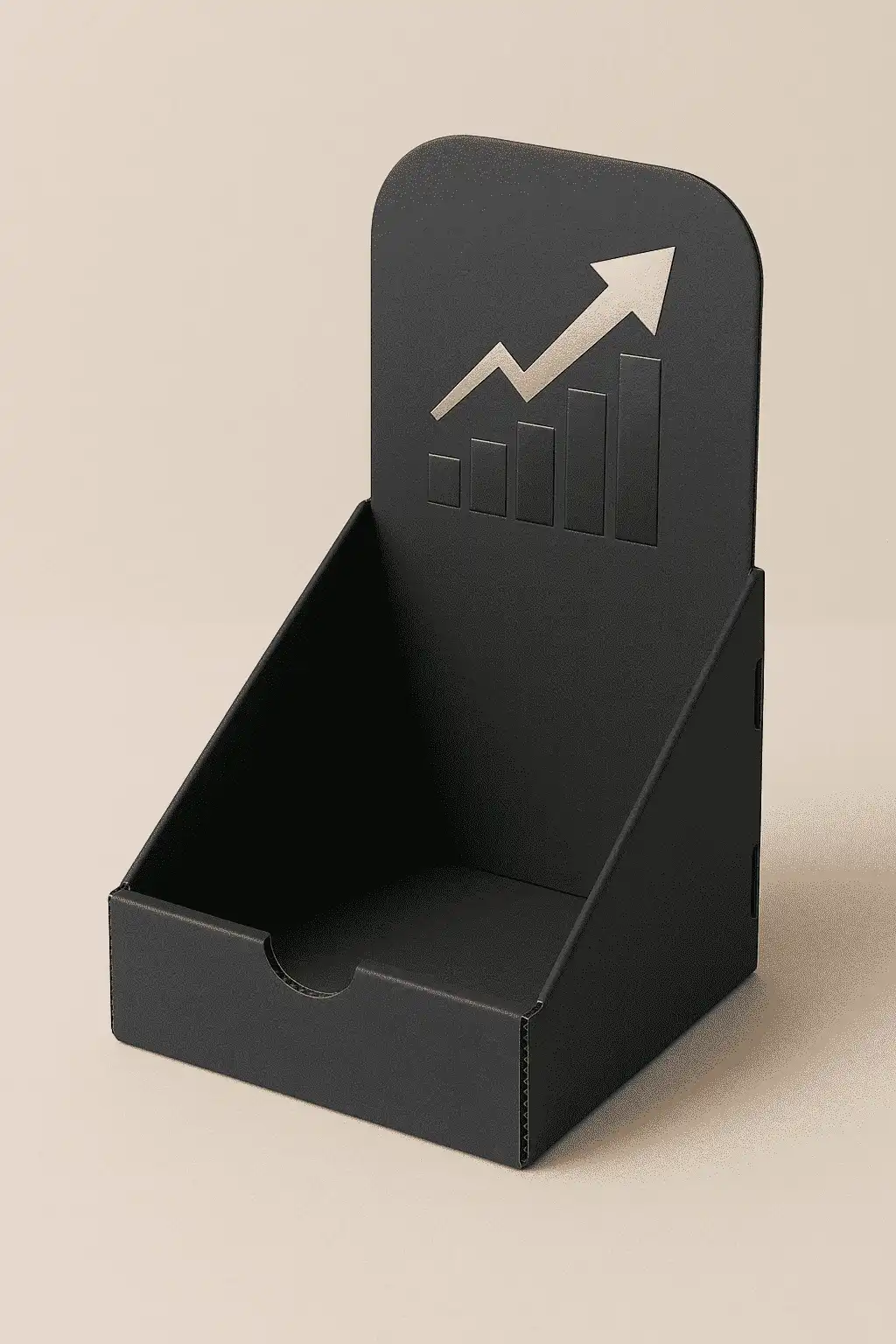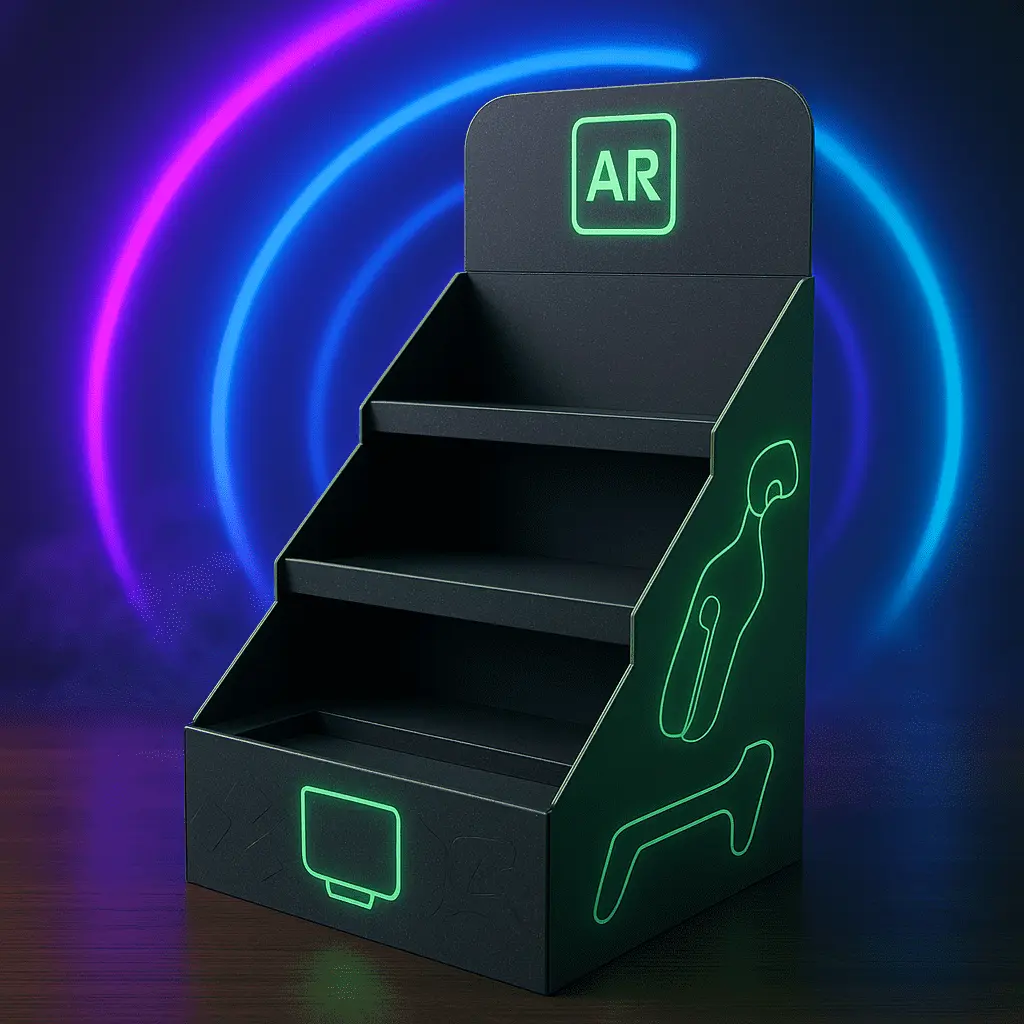Understanding the Importance of POS Display ROI Measurement
The Role of POS Displays in Retail Marketing
POS displays serve as silent salespeople, strategically positioned to capture customer attention and drive impulse purchases. These eye-catching installations play a pivotal role in enhancing brand visibility, showcasing product features, and ultimately influencing buying decisions. By leveraging the power of visual merchandising, POS displays create a dynamic shopping experience that can significantly impact a retailer's bottom line.
Key Metrics for Evaluating POS Display Performance
To effectively measure the success of POS display campaigns, retailers must focus on several key metrics. Sales lift is a primary indicator, comparing product sales during the campaign period to baseline figures. Customer engagement metrics, such as dwell time and interaction rates, provide insights into the display's ability to capture and hold attention. Conversion rates offer a clear picture of how effectively the display turns browsers into buyers. Additionally, tracking inventory turnover can reveal the display's impact on product movement and stock management efficiency.
The Impact of Effective ROI Measurement on Marketing Strategies
Accurate ROI measurement empowers retailers to make data-driven decisions, optimizing their marketing spend and refining their POS display strategies. By understanding which displays perform best in different contexts, businesses can allocate resources more effectively, targeting high-impact locations and product categories. This knowledge also facilitates A/B testing of display designs, allowing for continuous improvement and adaptation to changing consumer preferences. Ultimately, a robust ROI measurement framework enables retailers to create more compelling and profitable in-store experiences.
Implementing Advanced Techniques for POS Display ROI Analysis
Leveraging Technology for Data Collection and Analysis
The advent of sophisticated retail analytics tools has revolutionized the way businesses evaluate POS display performance. Smart sensors and cameras can now track customer movement patterns, providing valuable insights into how shoppers interact with displays. Heat mapping technology visualizes high-traffic areas, helping retailers optimize display placement. Moreover, integration with point-of-sale systems allows for real-time sales data correlation, offering a comprehensive view of display effectiveness. By harnessing these technological advancements, retailers can gain a nuanced understanding of their POS display ROI.
Integrating Customer Feedback into ROI Calculations
While quantitative data is crucial, qualitative feedback adds depth to ROI analysis. Implementing customer surveys, focus groups, and social media listening can provide valuable insights into consumer perceptions of POS displays. This feedback can illuminate aspects such as brand recall, purchase intent, and overall shopping experience enhancement. By incorporating these qualitative metrics into ROI calculations, retailers can paint a more holistic picture of their display campaign's impact, going beyond mere sales figures to understand long-term brand value creation.
Comparative Analysis: Benchmarking POS Display Performance
To truly gauge the success of a POS display campaign, it's essential to benchmark performance against industry standards and historical data. This comparative analysis involves examining similar campaigns within the same product category or retail sector, as well as evaluating performance across different store locations or time periods. By establishing these benchmarks, retailers can set realistic goals, identify areas for improvement, and recognize exceptional performance. This approach also facilitates the development of best practices, driving continuous enhancement of POS display strategies across the retail landscape.
Optimizing Future Campaigns Based on ROI Insights
Translating Data into Actionable Strategies
The wealth of data gathered from ROI measurements is only valuable when translated into actionable strategies. Retailers must develop a systematic approach to interpreting ROI insights and implementing changes. This process involves identifying trends, recognizing successful elements of high-performing displays, and understanding the contextual factors that contribute to their success. By dissecting the components of effective campaigns, businesses can create a blueprint for future POS display designs, ensuring each element is optimized for maximum impact and ROI.
Adapting POS Displays for Different Product Categories and Seasons
ROI analysis often reveals that display effectiveness varies across product categories and seasonal periods. Savvy retailers use these insights to tailor their POS display strategies accordingly. For instance, data might show that interactive displays perform exceptionally well for technology products, while sensory-focused displays drive sales in the cosmetics category. Similarly, ROI measurements can guide the adaptation of displays for different seasons or events, ensuring that the visual merchandising aligns with consumer mindsets and purchasing patterns throughout the year. This targeted approach maximizes the return on investment for each unique retail context.
Continuous Improvement through Iterative Testing
The dynamic nature of retail demands an agile approach to POS display optimization. Implementing a cycle of continuous improvement based on ROI insights involves regular testing and refinement. This might include A/B testing different display designs, experimenting with various product arrangements, or trialing new technologies. By treating each campaign as an opportunity to gather data and refine strategies, retailers can stay ahead of changing consumer preferences and market trends. This iterative process ensures that POS displays remain effective and continue to deliver strong ROI in an ever-evolving retail landscape.
Conclusion
Measuring ROI on retail POS display campaigns is a multifaceted process that combines quantitative analysis with qualitative insights. By leveraging advanced technologies, integrating customer feedback, and conducting comparative analyses, retailers can gain a comprehensive understanding of their display performance. This knowledge empowers businesses to optimize future campaigns, adapt strategies for different contexts, and implement a cycle of continuous improvement. As the retail landscape continues to evolve, mastering the art and science of POS display ROI measurement will be crucial for maintaining a competitive edge and maximizing in-store marketing effectiveness.
FAQs
1. How often should I measure ROI for POS display campaigns?
It's recommended to measure ROI continuously, with in-depth analyses conducted monthly or quarterly.
2. Can small retailers benefit from advanced ROI measurement techniques?
Absolutely. Even small retailers can use cost-effective analytics tools and customer feedback to gauge POS display performance.
3. How do I account for external factors when measuring POS display ROI?
Consider factors like seasonality, promotions, and competitor activities. Use control groups or baseline comparisons to isolate display impact.
Boost Your Retail Success with Expert POS Display Solutions | Fetching Printing
At Fetching Printing, we specialize in crafting high-impact POS displays that drive ROI for retailers worldwide. Our expert team combines innovative design with cutting-edge manufacturing techniques to create customized display solutions. As a leading supplier and manufacturer in the packaging industry, we offer tailored POS display options to elevate your brand presence and boost sales. Contact us at support@fetchingprinting.com to explore how our factory can enhance your retail marketing strategy.
References
Smith, J. (2022). "The Impact of POS Displays on Retail Sales: A Comprehensive Analysis." Journal of Retail Marketing, 45(3), 112-128.
Brown, A. & Johnson, L. (2021). "Advanced Techniques in Measuring Retail Display ROI." International Journal of Retail Analytics, 18(2), 75-92.
Chen, Y. (2023). "Integrating Customer Feedback in POS Display Performance Metrics." Retail Science Quarterly, 37(1), 29-44.
Thompson, R. et al. (2022). "Comparative Analysis of POS Display Effectiveness Across Retail Sectors." Journal of Visual Merchandising, 29(4), 201-218.
Garcia, M. & Lee, S. (2021). "Optimizing POS Display Strategies: Lessons from High-Performing Retailers." Retail Business Review, 56(2), 87-103.
Wilson, K. (2023). "The Future of Retail Analytics: AI-Driven Insights for POS Display ROI." Tech in Retail Journal, 12(3), 155-170.





